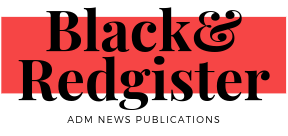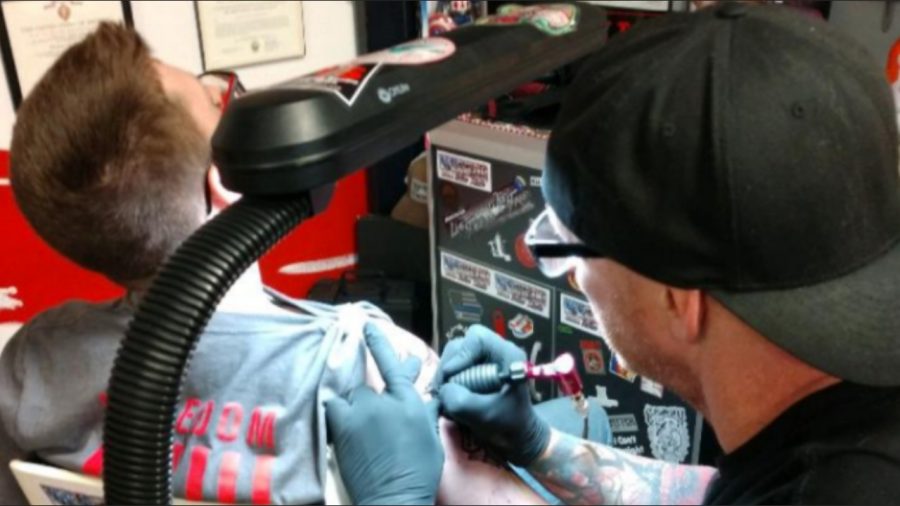Klassen: Tattoos, Piercings, and the Workplace, Oh My!
Photo by Dan Slater
Senior Carter Slater getting his first tattoo on his 18th Birthday.
Since we could get holes in our ears, faces, and belly buttons and pictures or words inscribed on our skin, our parents and grandparents have told us to “Be careful where you do that, you have to go and get a job later in life.” But now that tattoos and piercings have become increasingly more common, the question remains: are tattoos and piercings really unprofessional in the workplace anymore?
When looking into jobs like fast food, McDonald’s has a policy whereas as long as the tat isn’t offensive, you don’t have to cover it up to work. Taco John’s says you have to take a picture and get it approved through corporate, and you can’t wear any face piercings, as well as you can only wear two studs in your ears. Retail jobs like Costco say that you have to cover it up if the tat is offensive, and you can wear facial piercings. Target has a similar policy. But what if you want to work in healthcare or for a school? It generally depends on the hospital you’d want to work for, most tend to be okay with a non-offensive, minimal tattoo. Facial piercings are typically a no-no for most hospitals. For schools, the same ink rule applies, minimal and non-offensive. Multiple ear piercings and facial piercings can be worn but nothing too excessive. So if you can get a job and have the piercings and tattoos you like, why is it still cautioned that you can’t get a job with visible ink and piercings?
The most logical reason tattoos have been looked at as “unprofessional” is that the Boomer Generation ruled them to be when the process of tattooing and piercing took off because of Silent Generation Marines brought their tattoos home with them. A small percentage of the Boomers, the Millenials and Gen Xers saw this and took it to be their own, adding things that weren’t like the Marines, such as more color, different words, and funny pictures. Tattooing was now more of a joke or way to express yourself rather than an honorable thing you could show off when you got to go home from your deployment. It was then that the Boomers decided that tattoos in the workplace were not professional.
However, piercings have never been looked as professional unless they were the basic single hole, which is now allowed in most food service places and hospitals. Looking through time, multiple piercings started to become big in America in the 1970s. The 70’s birthed double ear piercings in women and in men, one ear with two holes, although the process of piercing started once again in the Silent Generation in their sailors and Marines. In the late 90s, Americans adopted the process of lobe stretching from indigenous peoples and made it their own. It is still frowned in the work industry. Facial piercings started to gain traction in the early 2000s and really got speed in 2010. Although you can technically date facial piercings to early indigenous peoples, it really is something that the newer generations brought to the table of mainstream piercings, and it is no surprise that the Boomers hate it the most, as it is by far the most “out there” piercings.
So, when you decide to get the new tattoo that you’ve been wanting for your 18th birthday or a piercing that you’re getting on impulse, remember that while they can be fun ways to express yourself, they most likely won’t hinder you in getting a job. A good rule to follow is the classic “Think before you ink” and for you to remember that what you do now will be with and on you forever, now go get (responsibly) inked and pierced.






